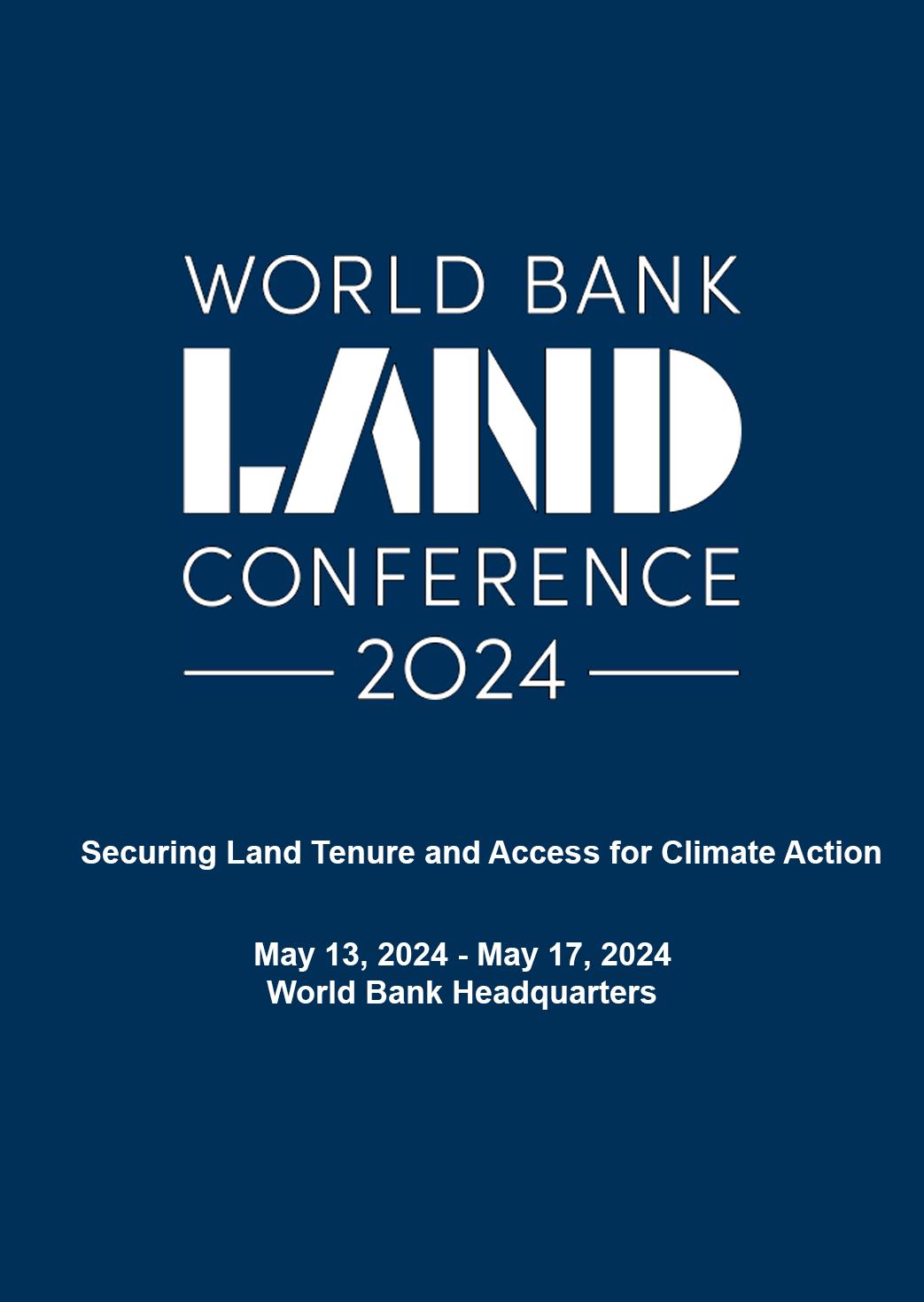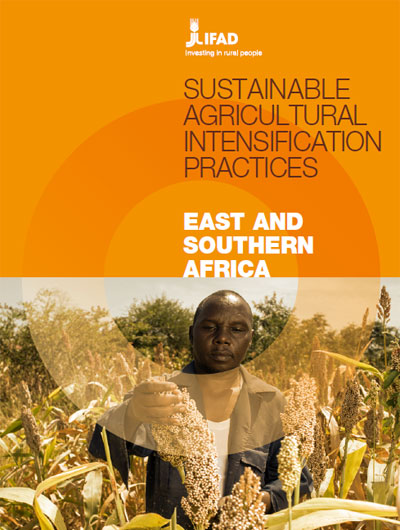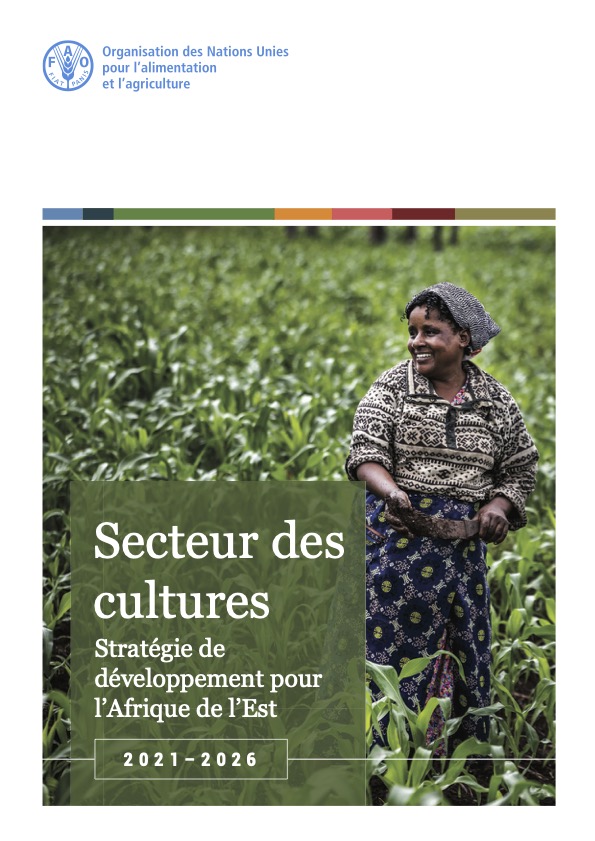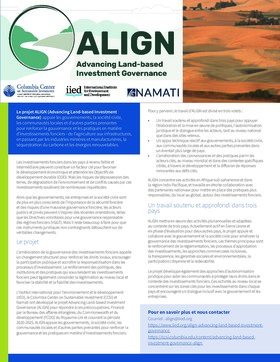The session explored key land-related challenges and opportunities in the MENA region, emphasizing the links between land management, urban stability, and sustainability. It began with insights from the MENA Land Flagship Report, which highlighted the importance of women's rights to housing…
L’intensification agricole durable désigne des pratiques visant à produire davantage à partir de terres, de ressources en eau ou d’autres ressources naturelles données, tout en protégeant l’environnement et en accroissant les retombées économiques et sociales positives.
Les auteurs de la…
La Stratégie de développement du secteur des cultures pour l'Afrique de l'Est 2021-2026 établit une série d'objectifs et d'interventions convenus par les représentants des ministères de l'Agriculture des pays relevant de la juridiction du Bureau sous-régional de l'…
Le projet ALIGN (Advancing Land-based Investment Governance) appuie les gouvernements, la société civile, les communautés locales et d’autres parties prenantes pour renforcer la gouvernance et les pratiques en matière d’investissements fonciers - de l’agriculture aux infrastructures, en passant…
On a global scale, Sudan perhaps ranks first in terms of pastoralists population size. About
66 per cent of Sudan is arid land, which is mainly pastoralists’ habitat. Pastoralism in the
Sudan involves about 20 per cent of the population and accounts for almost 40 per cent of
…
On a global scale, Sudan perhaps ranks first in terms of pastoralists population size. About
66 per cent of Sudan is arid land, which is mainly pastoralists’ habitat. Pastoralism in the
Sudan involves about 20 per cent of the population and accounts for almost 40 per cent of
…
Improvement of Land Governance in Uganda (ILGU) is a project implemented by the German International Cooperation (GIZ), seeking to increase productivity of small-scale farmers on private Mailo land in Central Uganda, co-financed by the European Union and German Government through the German…
Population growth rates in Sub-Saharan East Africa are among the highest in the world, creating increasing pressure for land cover conversion. To date, however, there has been no comprehensive assessment of regional land cover change, and most long-term trends have not yet been quantified. Using…
Despite mobile livestock grazing being widely recognized as one of the most viable and sustainable land uses for semi-arid savanna, which can deliver clear wildlife conservation benefits, the levels of pastoral sedentarization and transitions to agricultural livelihoods continue to rise in many…
<em>État des aires protégées et de conservation d’Afrique orientale et australe</em> est le premier rapport regroupant des informations sur les aires protégées et de conservation dans l’ensemble de la région d’Afrique de l’Est et du Sud. La région d’Afrique orientale et australe…
Increasing tree cover in agricultural lands can contribute to achieving global and national restoration goals, more so in the drylands where trees play a key role in enhancing both ecosystem and livelihood resilience of the communities that depend on them. Despite this, drylands are…
Promoting the provision of legitimate land tenure rights using Voluntary Guidelines on the Responsible Governance of Tenure of Land, Fisheries and Forests (VGGT) in the Context of National Food Security for conflict-displaced communities, including small‐scale rural farmers, pastoralists, and…






